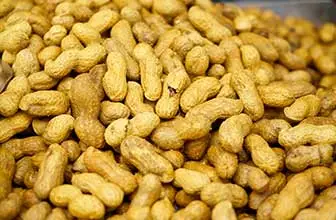Allergies
London plane tree pollen
Allergy to London plane tree pollen (Platanus acerifolia or Platanus hispanica) is present worldwide, in moderate climates. The London plane tree is very resistant, it needs little water and withstands temperature changes and high levels of pollution well, which is why it is widely used in large cities. It is native to the eastern Mediterranean, southeastern Europe, and western Asia, but is widely cultivated in western Europe and America. The time of highest concentration of pollen is early spring (end of March - beginning of April), being a very short period, but very explosive. In addition to pollen, London plane trees also have trichomes and achene fibers, which can cause respiratory and eye symptoms due to irritation. It especially affects asthmatics and has a prevalence of 40% among allergy sufferers. The most common symptoms are rhinitis, conjunctivitis, itchy palate, pharynx, ears and eyes, and asthma. As a prevention, it is advisable to avoid going outside at times of highest pollen concentration (mainly at dawn and dusk, especially when there is a strong wind), install anti-pollen filters in the air conditioning and car, carry sunglasses when going outside, showering and changing clothes when you get home, and not laying outside.
Alérgeno recombinante para IVD
TYPE
Especie
ALÉRGENOS RECOMBINANTES
Name, references, and description
Tipo de reactivo
- Alérgenos/Antigenos
- Bloqueadores
- Anticuerpos
Características Reactivos
- Humana
- Animal
- Allergies
-
Platanus acerifolia
-
- Pla a 1
- RAL0019
- Invertase inhibitor
-
- Pla a 3
- RAL0021
- Non-specific lipid transfer protein type 1 (LTP)
-
Brochures
Videos
Especialistas en alérgenos recombinantes para tests de anticuerpos de alérgenos
We ensure a commitment to absolute confidentiality regarding all information received and generated related to your project.
-
[[carrito.product.name]]
- [[sku.sku]]
Or if you prefer...
We will analyze your request to prepare a quote tailored to your needs.
-
[[carrito.product.name]]
- [[sku.sku]]
As manufacturers, we can adapt our products to your needs.
Contact us!








